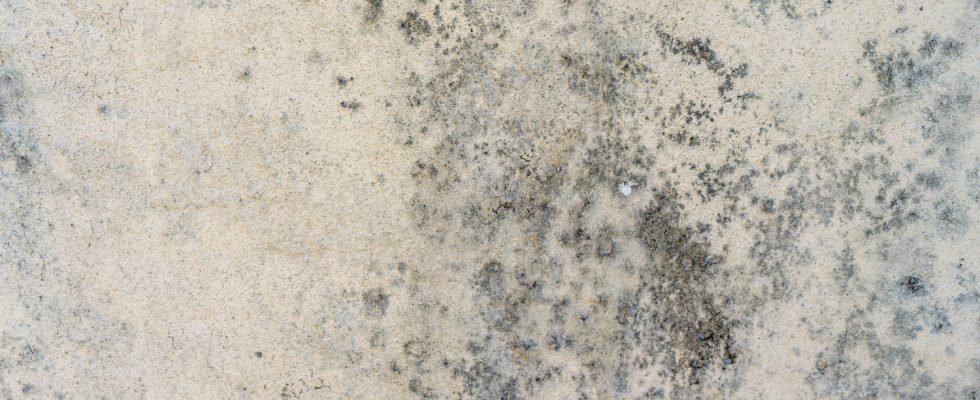Small black marks on your walls are a sign that there is humidity but can also indicate that small creatures have taken up residence in your home.
After bedbugs, spiders, and evil bedbugs, it’s the turn of another little creature to invade our interior! Fall is also the season of psocids, commonly known as book lice. This tiny critter is very common and thrives in humid conditions. Book lice are rather difficult to identify due to their small size. They measure between 1 and 2 mm and can sometimes be confused with traces of mold. Maybe you have some at home without knowing it.
Book lice pose no serious danger to humans. They do not sting and do not cause major damage to homes. But their presence can be particularly annoying. They leave traces when crushed, can cause allergies in the most sensitive people or even contaminate food stored in your home. Above all, when they are present in large numbers, they can cause an infestation that is both difficult to eliminate and distressing for the people who are victims. Hundreds of them can stick to the walls of the bathroom, living room, bedrooms or even inside cupboards. No one wants that in their home!
How to keep them away and get rid of them? These insects feed on starch, glue, books, mold, plant fibers, etc. So you don’t just find them in books. They can also be present on your walls spotted with mold. This is why sometimes we do not immediately notice their presence. If these little creatures are not very pleasant, they are quite easy to control.
Perhaps you have a damp home, water infiltration problems, a leak, plaster that is drying, or simply a lack of ventilation. Regardless, these insects rely on moist conditions to survive. So, if you remove humidity in your home, in bathrooms and kitchens, you also banish insects. Remove infested items, monitor for condensation, ventilate, wipe away visible mold and (if possible) improve ventilation. You can also heat the room where the psocids are located to a high temperature, they hate dry heat.
